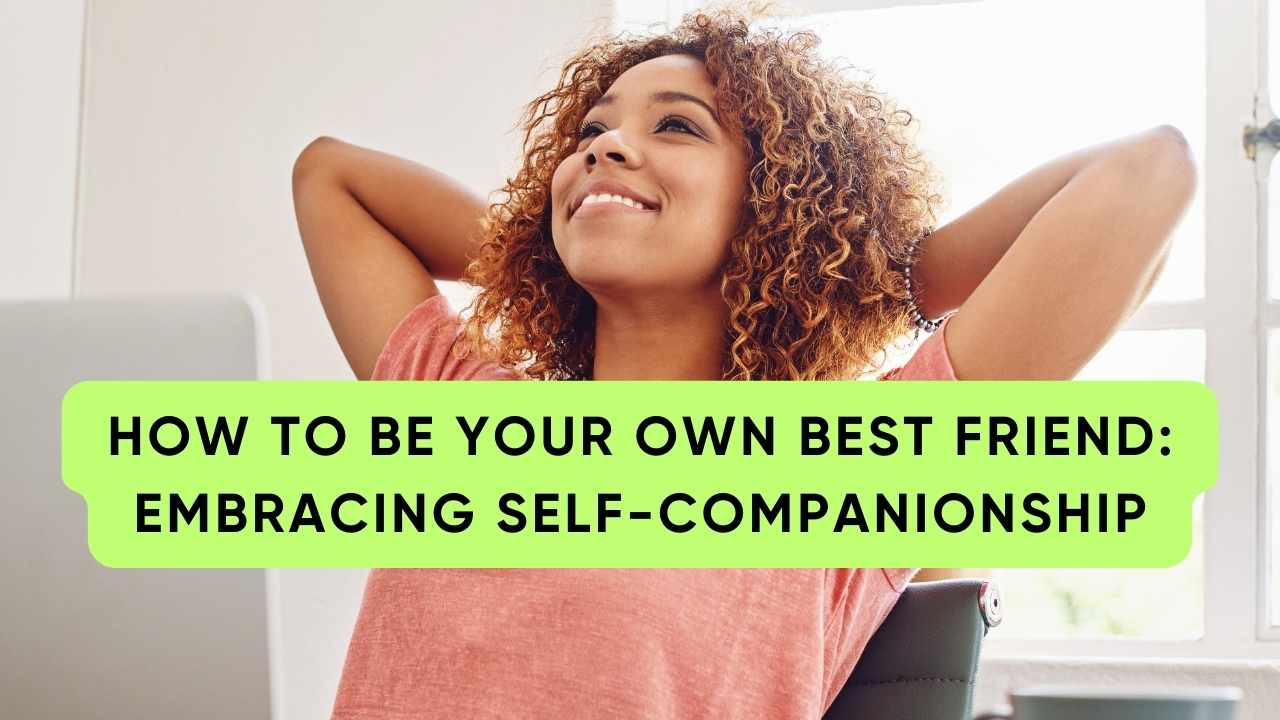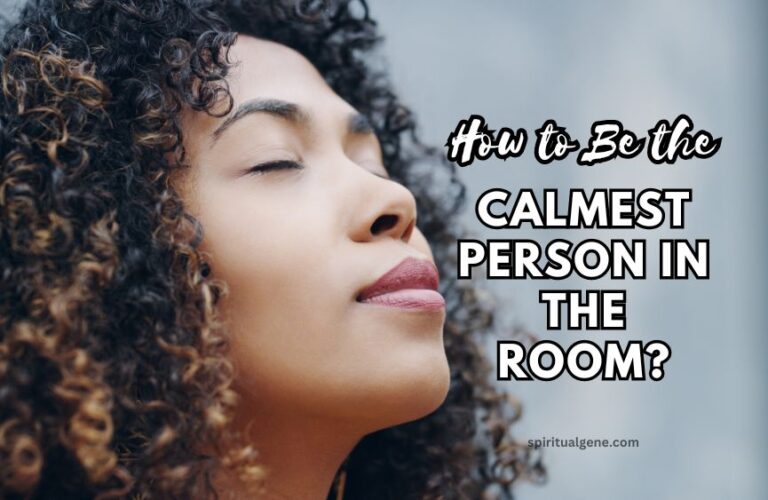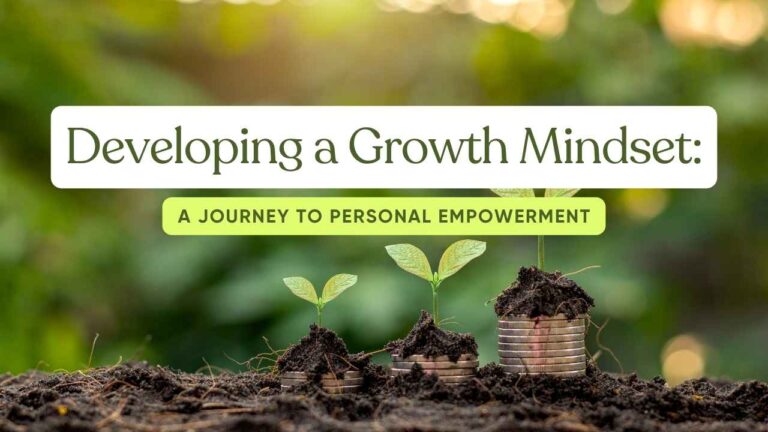How to Be Your Own Best Friend: Embracing Self-Companionship
Welcome to a journey that’s as exciting as binge-watching your favorite series but far more rewarding – becoming your own best friend. It’s a concept we often overlook, too caught up in the whirlwind of social obligations and trying to be everything for everyone else. But what about being there for yourself? This isn’t about self-indulgence; it’s about self-compassion. It’s about being the person for yourself that you always look for in others. Imagine having a friend who knows all your stories, quirks, and deepest fears and loves you regardless. That friend can be you. And no, you don’t need a manual or a high-tech gadget to start; you just need the willingness to undertake this transformative journey. So, let’s explore the beauty of being your best friend and how it can change how you view life, relationships, and yourself.
Understanding Self-Friendship
What exactly does being your own best friend mean? It’s not about narcissism or self-absorption. It’s about developing a relationship with yourself that’s as caring, understanding, and supportive as the one you’d hope to have with someone else. Consider upgrading your internal dialogue from a critical overseer to a supportive ally. Unlike self-care, which is like giving yourself a well-deserved break, self-friendship is about building a foundation of understanding and compassion within yourself. It’s a lifelong journey of getting to know and appreciate who you are. Psychologists tout its benefits, emphasizing how it can lead to a more fulfilling life. It’s about being kind to yourself in failure and humble in success. It’s about enjoying your company and cherishing your inner world as much as the external one. Embracing self-friendship is like planting a garden in your soul that you learn to tend with love, patience, and care.
Overcoming the Hurdles
The road to self-friendship has its bumps. The biggest challenge? Battling the inner critic that insists you’re not good enough. This voice might come from past experiences or societal expectations, but it’s time to reduce its volume. Understand that focusing on yourself isn’t selfish; it’s essential. It’s like the safety instructions on a plane – you need to secure your mask before helping others. Another misconception is equating solitude with loneliness. In reality, spending quality time with yourself is both empowering and liberating. It allows you to recharge and reflect, giving you the strength to be present for others. Shifting your mindset to see self-friendship as a strength rather than a weakness is crucial. It’s about embracing your uniqueness, quirks, and all and realizing that your own is the only validation that genuinely matters.
Practical Steps to Cultivate Self-Friendship
Mindfulness and Self-Awareness
Let’s start with mindfulness, a buzzword that’s actually a game-changer. It’s about tuning into your own radio station – the one where your thoughts and feelings are the songs. Practicing mindfulness can be as simple as observing your breathing or as profound as meditative introspection. It’s about being present in the moment, both physically and mentally and emotionally. Keeping a journal takes this a step further. It’s like being an author and the main character of your life story. Write down your thoughts, dreams, and mundane daily activities. This practice helps you understand your narrative, recognize your patterns, and appreciate your growth.
Self-Compassion and Kindness
Now, let’s talk about self-compassion. It’s treating yourself with the same kindness and understanding you would offer to a good friend. When you stumble, be a supportive coach instead of being your own harshest critic. Encourage yourself with positive affirmations. Remember, every person has flaws, and that’s perfectly okay. It’s part of being human. Self-compassion is about accepting your imperfections and learning from your mistakes, not dwelling on them. It’s about celebrating your victories, no matter how small, and understanding that every step, forward or backward, is part of your journey.
How to Be Your Own Best Friend: Setting Healthy Boundaries
Setting boundaries is essential in any healthy relationship, including with yourself. It’s about understanding your limits and respecting them. It’s okay to say no to others and yes to yourself. This isn’t about building walls; it’s about drawing lines in the sand where your well-being starts and ends. It’s about knowing when to take a break, when to push forward, and when to simply be. Boundaries can be physical, emotional, or mental, and they’re essential for maintaining balance and respect in your life.
Enjoying Your Own Company

The art of enjoying your own company is the crowning jewel of self-friendship. It’s about discovering what brings you joy, peace, and fulfillment, independently of others. This could be pursuing a hobby, learning something new, or simply walking alone. It’s about finding comfort in your solitude, embracing the quiet, and using this time to connect with yourself on a deeper level. Solo adventures, whether they’re trips to the coffee shop or travels to a new city, can be incredibly liberating and enlightening. They remind you that your company is not just enough; it’s delightful.
Nurturing a Long-term Relationship with Yourself
Building a relationship with yourself is like nurturing a garden; it requires regular care and attention. This journey is not a sprint; it’s a marathon. As you grow and evolve, so will your relationship with yourself. The key is consistency and adaptation. Keep up with your self-care practices, be open to learning more about yourself, and be willing to adjust your approach as you go along. Remember, you are not the same person you were a year ago, and that’s a good thing. Embrace the changes, celebrate your growth, and continue to be your own supporter, cheerleader, and friend.
Overcoming the Loneliness Stigma
One common fear about focusing on self-friendship is that it might lead to loneliness. But here’s a twist – cultivating a solid relationship with yourself often leads to feeling less lonely. You’re less reliant on external validation and companionship when comfortable in your skin. This doesn’t mean you shun social interactions. Instead, it allows you to engage with others more authentically and wholeheartedly. You bring a fuller, more content version of yourself to relationships, which can lead to deeper and more meaningful connections. It’s about finding the right balance between solitude and sociability.
Real-life Examples and Success Stories
Across the globe, many have reaped the benefits of self-friendship, from celebrities to the person next door. These stories vary widely, but they share a common theme – finding joy and peace within oneself. These individuals often report feeling more grounded, confident, and fulfilled. Their journeys remind us that while the path to self-friendship is personal and unique, it is also universal in its ability to bring about positive change.
How to Be Your Own Best Friend: Conclusion
So, are you ready to take this exciting leap? Remember, there’s no set path or prescribed way to be your own best friend. It’s a personal journey that involves exploring, experimenting, and, most importantly, enjoying the process. Embrace your quirks, celebrate your victories, learn from your setbacks, and be kind to yourself above all. This journey is about discovering the joy of your company and the peace that comes with self-acceptance and self-love.
Call to Action
Now it’s your turn to share your journey. Have you ever tried being your own best friend? What was your experience like? Drop a comment, start a 30-day self-friendship challenge, or share this article with someone who might need it. Let’s spread the word and support each other in this beautiful journey of self-discovery and self-friendship.
You may also like:







